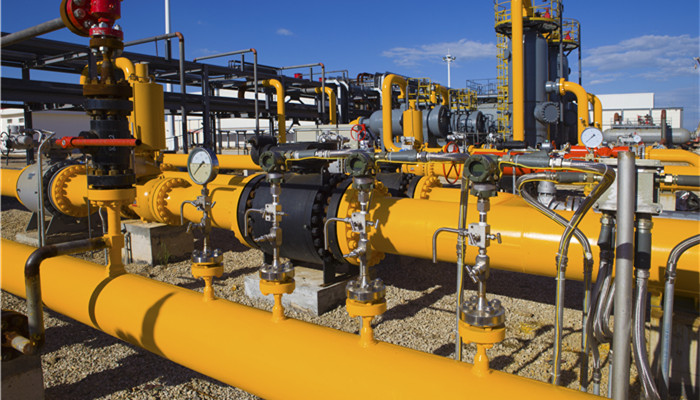
The market demand for liquid ammonia continues to increase and the industry development trend is improving
Ammonia refers to an inorganic compound with the chemical formula NH3. It is a colorless gas composed of nitrogen and hydrogen and is easily soluble in water. Liquid ammonia refers to the liquefied product of ammonia gas under cooling and pressurizing conditions. Liquid ammonia appears as a colorless liquid with a strong pungent odor. It is easily soluble in water. The aqueous solution is alkaline and cannot coexist with acetaldehyde, acrolein, boron and other substances. It is mostly stored in pressure-resistant steel cylinders or steel tanks.
Liquid ammonia is an important chemical raw material with a wide range of applications. It can be used as a key raw material for the production of rockets and missile propellants in the national defense and military industries; it can be used as a raw material for the production of nitric acid, urea and other fertilizers in the agricultural field; it can be used as Refrigerant is used in industrial refrigeration systems, chemical refrigeration systems and other fields; it can be used as a reducing agent for industrial flue gas denitrification and sewage treatment in papermaking, thermal power, petrochemical and other fields.
According to the “China Liquid Ammonia Industry Market Monitoring and Future Development Prospects Research Report 2023-2027” released by the Industrial Research Center, In recent years, driven by the rapid development of domestic fertilizer, chemical and other application fields, the demand for liquid ammonia has continued to increase and the scale has continued to expand. In 2022, the domestic liquid ammonia market will be close to 230 billion yuan, a year-on-year increase of 6%.
At present, the main production methods of liquid ammonia include low-pressure method, medium-pressure method, high-pressure method, etc. The main raw materials include coal, natural gas (hydrogen), nitrogen, catalyst, etc. According to data from the National Bureau of Statistics, my country’s cumulative raw coal production in 2022 will be 4,495.84 million tons, a year-on-year increase of 9%; domestic hydrogen production will reach 40.04 million tons in 2022, a year-on-year increase of 32%. The sufficient supply of upstream raw materials has laid a good foundation for the development of the domestic liquid ammonia industry.
There are many liquid ammonia production enterprises in my country. The main enterprises include Hubei Heyuan Gas, Chongqing Chuanwei Chemical, Zhejiang Juhua Co., Ltd., Baling Petrochemical, Fujian United Petrochemical, Anqing Shuguang Chemical, Hebei Cangzhou Dahua, Puyang Yinxiang Chemical, Yichang Xingxing Lantian, Shaanxi Walter Gas, Shaanxi Xinghua Chemical, Taiyuan Anye Chemical, Xuzhou Longxingtai Energy, etc.
At present, my country’s liquid ammonia production continues to increase due to the dual factors of sufficient supply of domestic upstream raw materials for liquid ammonia and the gradual release of production capacity of local enterprises. Domestic liquid ammonia production will exceed 52 million tons in 2022. The industry has entered a critical period of reducing overcapacity and inventory. The industry structure is expected to continue to be optimized in the future.
Industrial analysts said that liquid ammonia is an important chemical raw material and is used in petrochemical industry, national defense industry, It is widely used in agriculture and other fields. In recent years, driven by the rapid development of downstream applications, the domestic market demand for liquid ammonia has been increasing. At the same time, my country has sufficient supply of liquid ammonia raw materials and a large number of production companies, and its output is in a continuous growth trend. Overall, my country’s liquid ammonia demand and production capacity are both growing, and the industry’s overall development trend is improving. However, against the background of continuous increase in production capacity, my country’s liquid ammonia industry has gradually entered a critical period of overcapacity reduction, and the future industry structure needs to be continuously optimized.

 微信扫一扫打赏
微信扫一扫打赏

